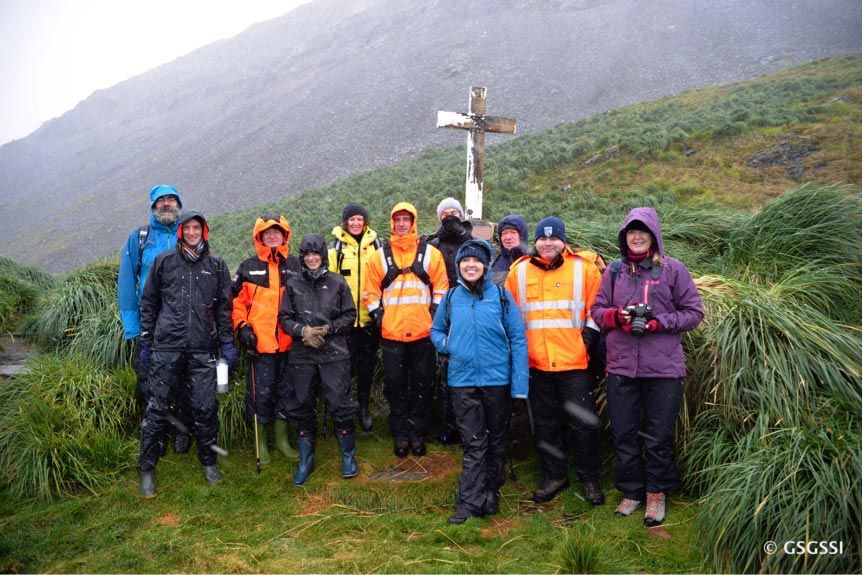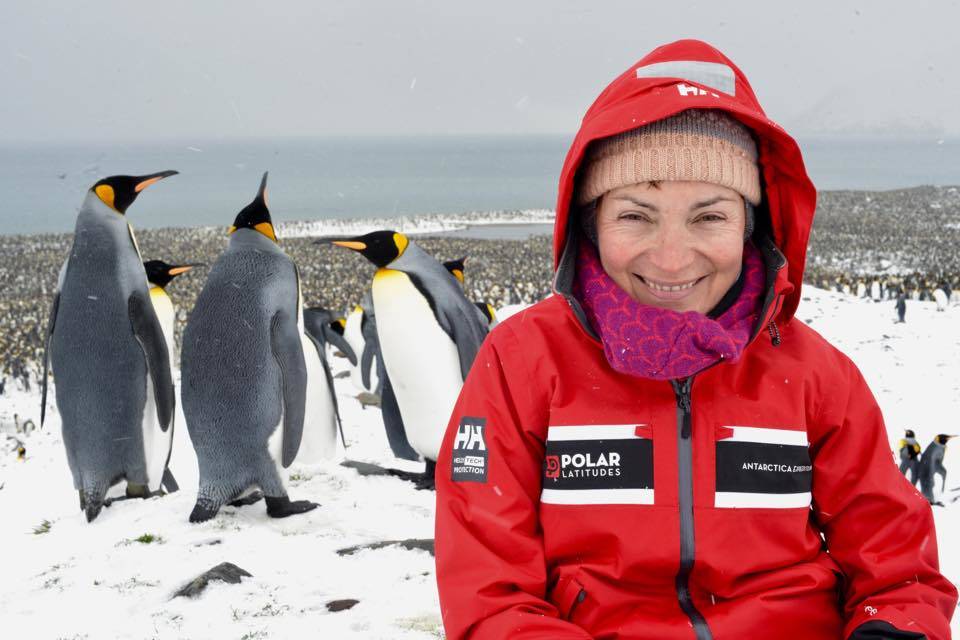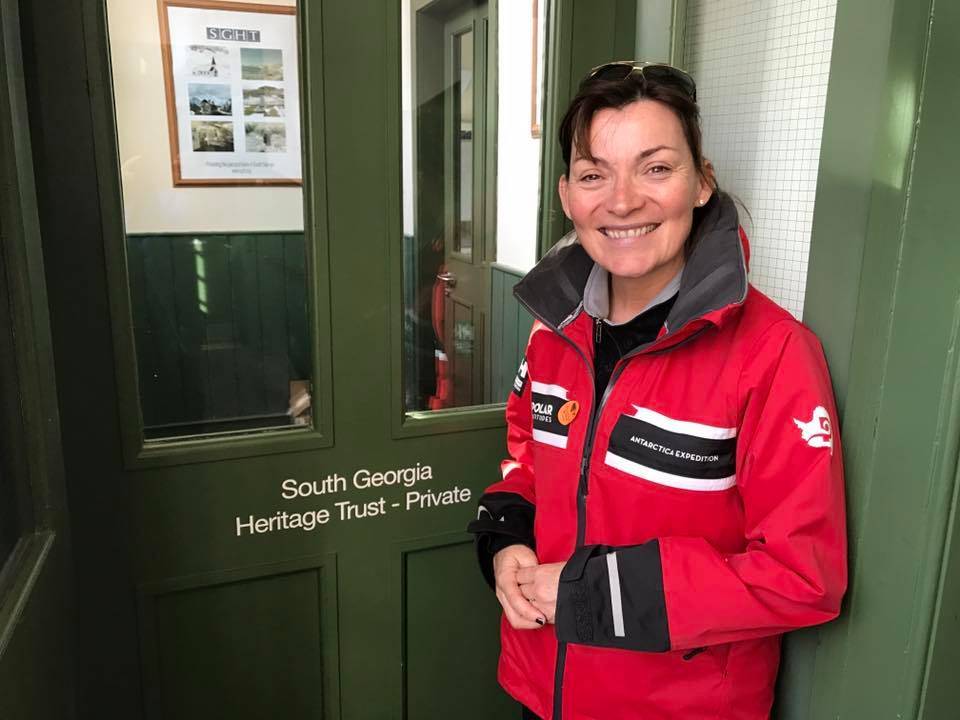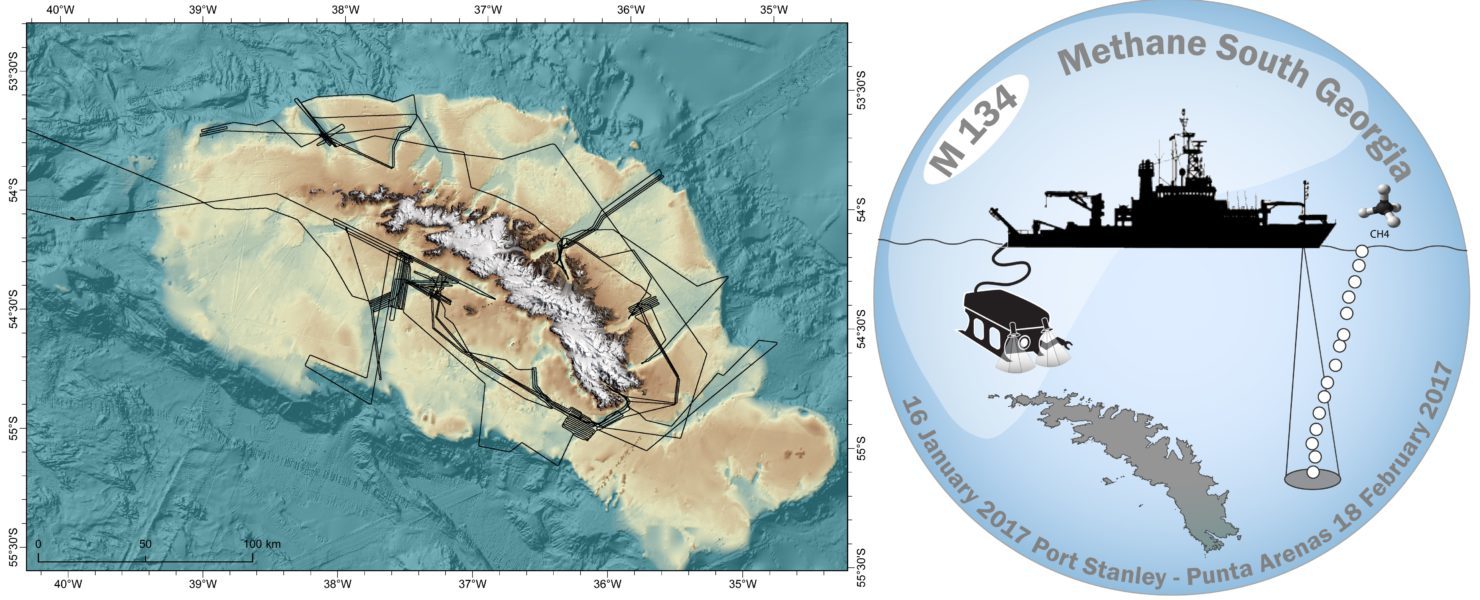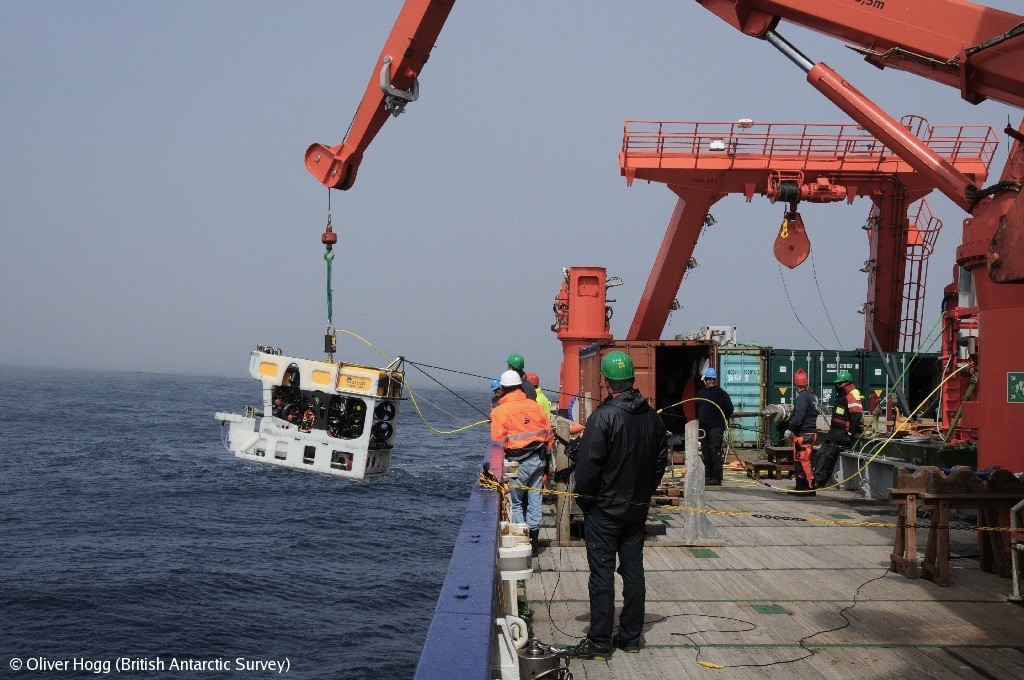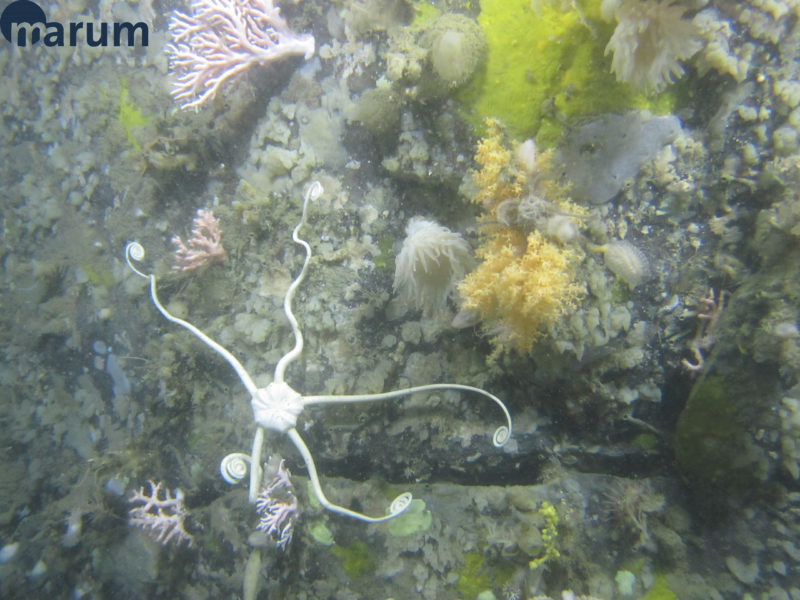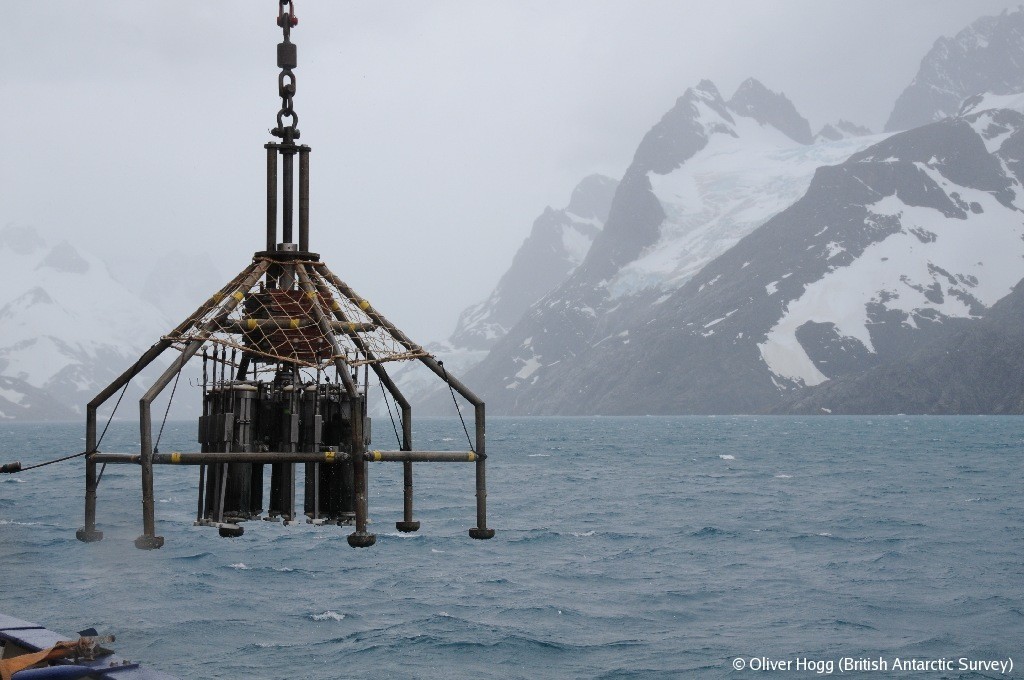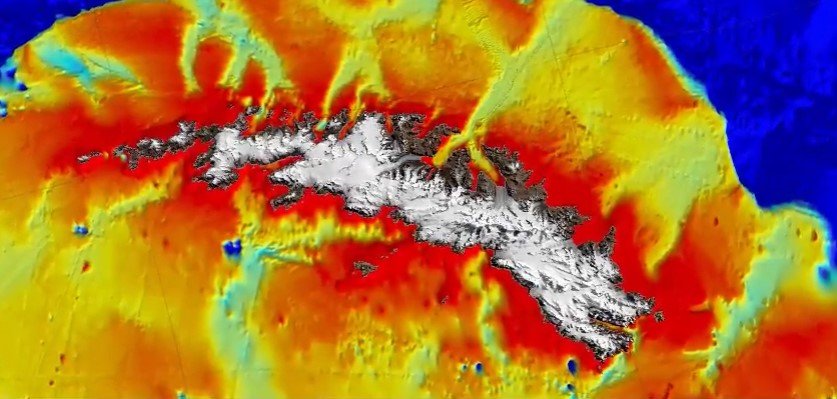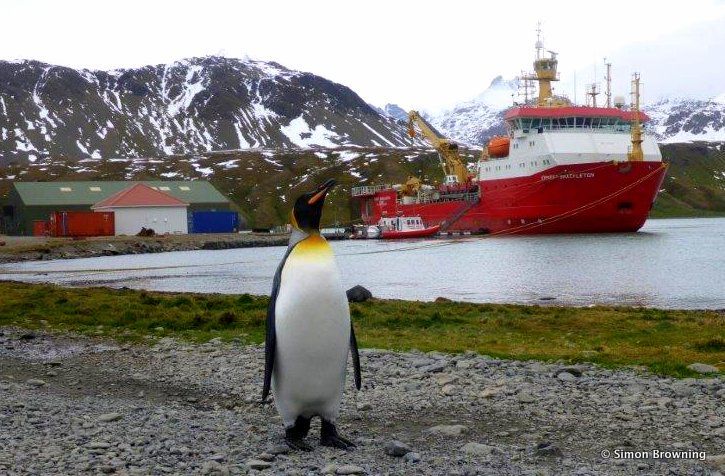This newsletter is not produced by GSGSSI; it does not necessarily reflect their views.
To subscribe to the SGIsland News Alerts list click here
The Commissioner for South Georgia & the South Sandwich Islands, Colin Roberts CVO, has returned from a visit to the remote UK Overseas Territory of South Georgia. He was joined by key stakeholder representatives with a particular interest in the environmental management of the territory including representatives from the Royal Society for the Protection of Birds, World Wildlife Fund, Pew Environmental Trusts, British Antarctic Survey, the Australian and Norwegian governments as well as the UK Foreign and Commonwealth Office.
The visit was a chance to share views and experiences on emerging challenges and opportunities facing South Georgia and the broader sub-Antarctic. Despite the snowy conditions, there was plenty of opportunity to experience some of South Georgia’s spectacular wildlife, heritage and scenery.
Full report here.
By Mark Belchier, BAS Science Manager, South Georgia.
Every two years BAS leads a scientific research survey of the fish resources on behalf of the Government of South Georgia and South Sandwich Islands. This year a team of seven people including four BAS ecologists (me, Sue Gregory, Simeon Hill and Vicki Foster), were accompanied by a colleague from CEFAS (Vlad Laptikhovsky), a CCAMLR international observer (Pete Lafitte, from South Africa) and UK fishing captain (Len Featherstone).
The 2017 survey was conducted from a commercial fishing vessel over 12 days in January and February. Trawls were carried out all around the island of South Georgia and Shag Rocks and at each location the size, composition and biological characteristics of the fish we caught were sampled and recorded. These data will form the basis upon which sustainable catch limits for the mackerel icefish are set for the following season at the annual meeting of CCAMLR in October in Hobart. In addition to information on the size of the mackerel icefish stock, the survey also provides new data on the abundance of juvenile Patagonian toothfish and a wide range of other fish species such as the marbled rock cod which was over-fished in the 1970s, but is thought to be slowly recovering at South Georgia following a total ban on fishing 30 years ago.
In addition to assessing changes in the composition and abundance of fish populations over time, the survey is also used to collect samples for a range of scientific collaborations between BAS and international partners. These include food web and molecular studies and monitoring microplastics in the marine environment. The survey team also deployed HD cameras on the trawl net in order to provide data on both fish behaviour and habitat type. Hours of analysis of video footage await the returning science team!
Lorraine Kelly, the UK TV presenter, and husband Steve Smith celebrated 25 years of marriage by taking a trip from the South Atlantic to South Georgia. Following in the footsteps of Sir Ernest Shackleton over a century ago has been a long held ambition.
She commented “This has been an incredible experience. I’ve walked in the footsteps of Sir Ernest Shackleton and sailed the journey from Antartica to Elephant Island to South Georgia.”
Once back home in Dundee, she took the opportunity to visit the offices of the South Georgia Heritage Trust also located in her “home toon.”
Their Facebook blog of the trip, packed full of amazing photos and videos, can be viewed here.
Police Ordinance
The new Police Ordinance, that has resulted from the legislative review, is now available on this website. This Ordinance is accompanied by an easy to read guide that explains what the Ordinance says and does.
Current consultations, as well as previous consultations (with outcomes), can be viewed here.
Appointments
- Paula O’Sullivan has been recruited to the post of Government Officer at King Edward Point and will join the team in late July 2017. Paula has considerable professional experience in South Georgia (and the Antarctic), which will bring a broad range of knowledge and valuable skills to the post.
- Steve Brown has been appointed to the post of Works and Heritage Manager. Steve, who will be joining the team in August 2017, is currently working in Tristan da Cunha. He has a long professional association with South Georgia dating back over 15 years, which includes technical and management positions within BAS and works project teams at Grytviken and King Edward Point.
Recruitment
The Government is recruiting a Director of Operations to oversee the Government’s operations and logistics including the planning and implementation of major projects in the Territory, and its visitor management and cultural heritage policy. The role is available on a 3-year contract. The post of Director of Operations is available from mid-June.
The deadline for applications is the 21st April.
 The Government of South Georgia & the South Sandwich Islands is pleased to announce that following a request for written proposals has been selected to provide specialist advice in relation to the use of heavy fuel oil and bunkering activity at South Georgia. The project will deliver inputs to the development of policy on the future burning and carriage of heavy fuel oil in the SGSSI maritime zone and inform and support the better regulation of bunkering activity at South Georgia.
The Government of South Georgia & the South Sandwich Islands is pleased to announce that following a request for written proposals has been selected to provide specialist advice in relation to the use of heavy fuel oil and bunkering activity at South Georgia. The project will deliver inputs to the development of policy on the future burning and carriage of heavy fuel oil in the SGSSI maritime zone and inform and support the better regulation of bunkering activity at South Georgia.
The Government looks forward to working with Constantia Consulting Ltd, which is a consulting company based in Christchurch, New Zealand that specialises in the development of Antarctic policy and management.
By Dr Katrin Linse, Senior Biodiversity Biologist, British Antarctic Survey
I recently spent four-and-a-bit weeks aboard the German blue water research ship RV Meteor along with Oli Hogg, my PhD student. We took part in the “Methane South Georgia” research cruise led by Professor Gerhard Bohrmannfrom MARUM (Center for Marine Environmental Sciences in Bremen).
We travelled to Stanley in the Falkland Islands in mid-January on a slightly convoluted series of flights via Santiago de Chile, Punta Arenas and Rio Gallegos (Argentina). After a brief visit to Gypsy Cove, just outside Stanley, to see the Magellanic penguins, we departed the Falklands on Meteor. Three days of sailing brought us to South Georgia, where we would be collecting our data.
The overall objective of the cruise was to investigate in detail the methane gas emissions that were discovered in the glacially carved valleys of South Georgia’s continental shelf in 2013. These methane emissions are caused by bacteria that live in and just beneath the seafloor and decompose dead organic matter. Specifically, the cruise addressed questions including the chemical composition of the emissions, whether they reach the atmosphere in significant quantities, and what ecological communities form around the locations where methane seeps out of the seafloor.
Oli and I were particularly interested in how these methane emissions affect seafloor biodiversity – whether the presence of methane means that the animals living on the seafloor are different from those elsewhere in South Georgia and the rest of the Southern Ocean.
We were also keen to collect data on the presence of microplastics, which are poorly studied in the Southern Ocean and tend to sink to the seafloor over time. The numerous sediment samples taken from areas around South Georgia on this research cruise will hopefully allow us to address both these questions.
Our main task on board was to work with the team controlling MARUM’s remotely operated vehicle (ROV) called SQUID. The ROV travelled to the seafloor to investigate the amount of gas seeping out as well as its composition. The ROV also sends back a live video feed, which we used to investigate whether the animals living near the methane seeps were “typical South Georgians” or whether they were unique to the seepage sites.
An example of the rich seafloor fauna around South Georgia, including a brittle star (white), bottlebrush coral (orange), hydrocorals (pink) and various sponges and bryozoans encrusting the rocks. Image taken by the MARUM ROV SQUID.
Oli will also use the video footage from the SQUID ROV to check the accuracy of his habitat-mapping models, which will be used in the revision and assessment of the Marine Protected Area around South Georgia which was designated in 2012.
I also gained an unexpected new source of data from the multi-corer, a device that is lowered from the ship and returns a number of samples from the seafloor. The multi-corer can return up to 12 samples on each deployment, but the biogeochemists on board only needed a few of these – which left us with several tubes of seafloor material to sample, sieve and fix in search of seabed-dwelling organisms.
The multicorer is being deployed with South Georgia’s dramatic coastline in the background. The 12 sample tubes are visible in the middle of the device.
We have returned home with a range of exciting new datasets which we look forward to analysing. For example, we have unique sample set for macro- and meiofauna (animals bigger than 0.05mm, or the width of a human hair). Using this information, we hope to understand how methane in seafloor sediments influence the faunal biodiversity and abundance.
We have also obtained datasets on the presence of microplastics at different sites off South Georgia, which exhibit different levels of human impact. Finally, besides the video footage from the ROV, Oli is writing up our findings about some of the amazing hard-rock animal communities we encountered on the ocean floor.
We look forward analysing the many datasets we have collected and would like to thank the MARUM team for a highly productive and enjoyable science cruise!
.
The 3d render below demonstrates some of the results of the 2015 season of the laser scanning undertaken at the old whaling stations on South Georgia. Geometria were commissioned by the Government of South Georgia and the South Sandwich Islands to survey the shore-based whaling stations of South Georgia Island to facilitate better long-term management, conservation planning, and wider interpretation of the sites.
Extensive ice cap once covered sub-Antarctic island of South Georgia
“A new study reveals the sub-antarctic island of South Georgia — famous for its wildlife — was covered by a massive ice cap during the last ice age.”
www.sciencedaily.com
Study Reveals a Massive Ice Cap Covered Sub-Antarctic Island of South Georgia
“Study Reveals a Massive Ice Cap Covered Sub-Antarctic Island of South Georgia”
http://www.latinpost.com
Scientists trace South Georgia’s giant ice history
“Some 20,000 years ago the island’s glaciers pushed out 50km and more from their current positions, reaching to the edge of the continental shelf. The British Overseas Territory was in effect covered by a giant ice cap.”
http://www.bbc.co.uk/news
An ancient ice sheet pushed life to the brink at South Georgia 20,000 years ago
“The island in the South Atlantic Ocean has one of the richest ecosystems on Earth – but it barely survived the last ice age.”
http://www.ibtimes.co.uk
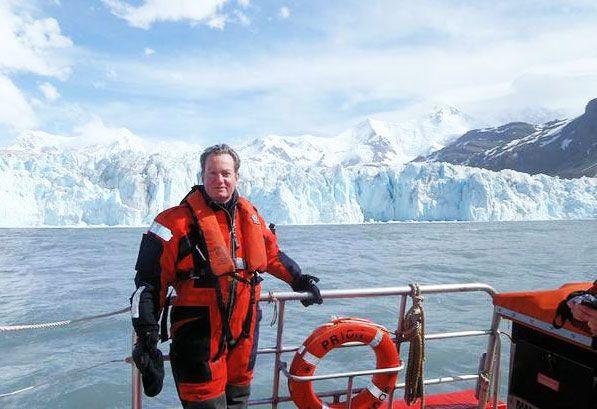 HM Commissioner hosts South Georgia stakeholders on 12-day visit
HM Commissioner hosts South Georgia stakeholders on 12-day visit
“HM Commissioner for South Georgia & the South Sandwich Islands, Colin Roberts CVO, departed this week for a 12-day visit to the UK Overseas Territory accompanied by representatives of some of South Georgia’s key stakeholder organizations. “
http://en.mercopress.com
Canberra geologist helps advance global understanding of climate change
“To find answers to one of the biggest issues facing the planet, University of Canberra geologist Duanne White travelled to one of its smallest, most inhospitable and isolated corners.”
http://www.canberratimes.com.au
BAS scientific research survey of South Georgia fish resources
“Every two years BAS leads a scientific research survey of the fish resources on behalf of the Government of South Georgia and South Sandwich Islands.”
http://en.mercopress.com
South Georgia gentoo penguins feed preferably on krill, shows 22 year BAS study
“The longest and most comprehensive study to date of what penguins eat is published this month.”
http://en.mercopress.com
Nationalism threatens Antarctica’s future as a peaceful hub for science
“Emerging global powers and the new geo-political landscape are challenging the status quo on the southern continent, threatening Antarctica’s future as a peaceful hub for science.”
http://www.independent.co.uk/news/science/
Where to See the Southern Lights
“Catching a glimpse of the Northern Lights has quickly shot to the top of many a bucket list.”
http://www.cntraveler.com/story/where-to-see-the-southern-lights
Lorraine Kelly: P-p-picking up the Scots connections in Antarctica
“I’ve just returned from the most incredible trip of a lifetime to Antarctica and South Georgia.”
https://www.sundaypost.com/fp/p-p-picking-up-the-scots-connections-in-antarctica/
Local Group Joins Antarctic Adventure
“South Georgia abounds in such wildlife as king penguins and elephant seals and was a famous whaling station where Antarctic expeditions often set out from”
http://www.thevermontstandard.com/2017/02/local-group-joins-antarctic-adventure/
On this day… Sir Ernest Shackleton was born
“The 15th February marks the birthday of 1874 Ernest Shackleton: the British-Irish polar explorer is most famous for his voyage to Antarctica aboard the ship ‘Endurance’.”
http://www.blackmorevale.co.uk/
Penguins welcome Plymouth sailors to remote island
“A group of plucky penguins welcomed Plymouth sailors as they arrived at a remote island in the South Atlantic.”
http://www.plymouthherald.co.uk
Why this photo of glacial rivers under a rare, clear sky is scary
“The image above, a closer crop of a Landsat scene, shows Neumayer Glacier. In the past 16 years, Neumayer has retreated more than 4 kilometers (2.5 miles). Like other large glaciers on the island.”
http://www.seattlepi.com
Naval ship HMS Enterprise on research voyage to Antarctic
“Joining the ship for the three-day trip to South Georgia were the senior officer in the Falklands, Commodore Darren Bone, British Antarctic Survey (BAS) experts, troops from the Roulement Infantry Company and the island’s Rapier air-defence battery. BAS scientists recorded whales and dolphins en-route.”
http://www.falmouthpacket.co.uk/news
Lanting’s latest show focuses on Antarctica
“The world’s last frontier, Antarctica, is the latest area of focus for celebrated Santa Cruz-based wildlife photographer Frans Lanting.”
http://www.santacruzsentinel.com/article/
Why traveling to Antarctica may be the hottest ticket in town
“Rats had access to every nest,” Sarah Lurcock, site director of the South Georgia Heritage Trust, told travelers on an Abercrombie & Kent charter cruise to the Falklands, South Georgia and Antarctica.
http://www.foxnews.com/travel
- 1 August 2014 – 22 December 2017: Shackleton: Life and Leadership
http://www.spri.cam.ac.uk/museum/exhibitions/ - 1 March 2017 – 25 March 2017: Dick Laws: Antarctic Scientist and Artist, A retrospective.
http://www.spri.cam.ac.uk/museum/exhibitions/ - July 2017: Island Invasives Conference 2017, University of Dundee
https://www.registerforevent.co.uk/islandinvasives2017
Share[addtoany]


